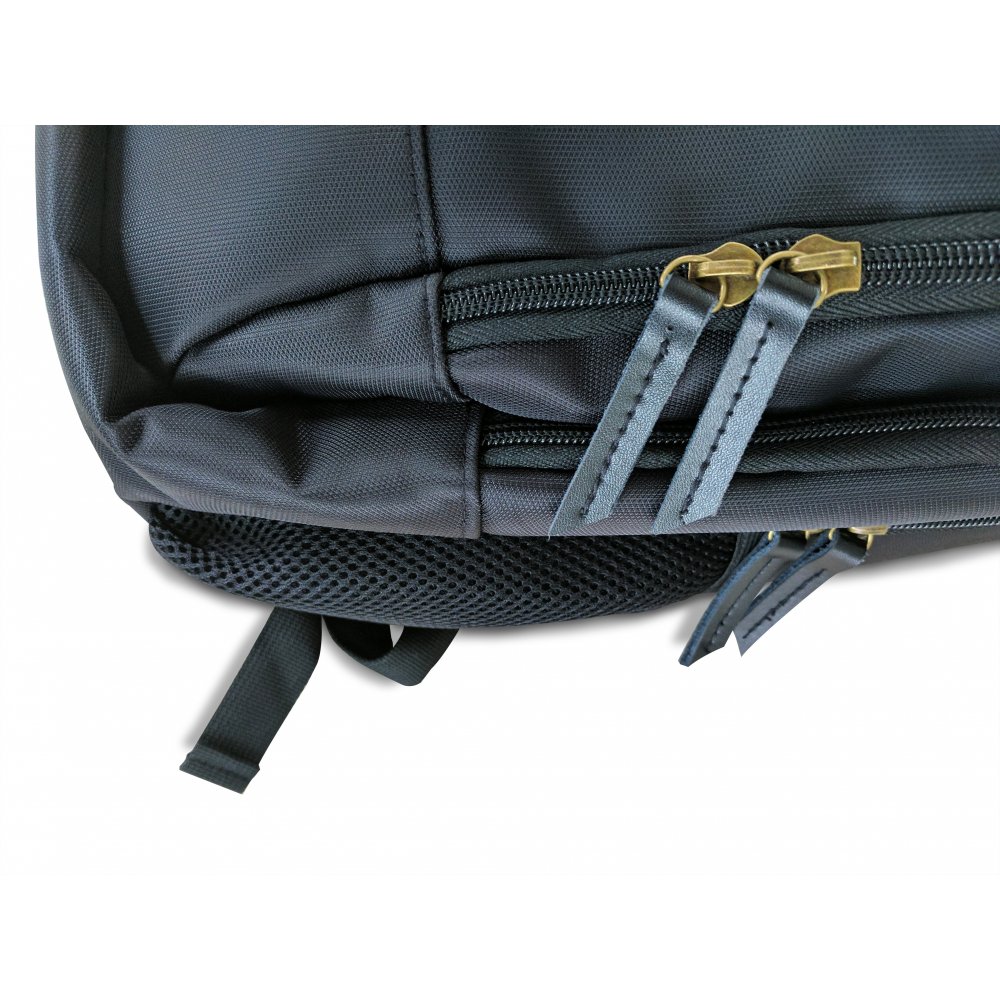Faraday apparel is brand new kind of defensive clothing that is inspired by the silvery lining that is part of the mission dark hat. Even though the majority is V-neck t-shirts, it is not designed to be worn without having protection for the essential organs. You can even get Faraday clothing regarding pregnant women, such as flowery lace camisoles, as well as maternity undergarments.
Fabrics that are used in faraday cages
Faraday cages are constructed out of materials that resist to electromagnetic waves. Fabrics made from copper, nickel and polyester are known to make excellent faraday cages. These materials are corrosion-proof, sturdy, lightweight, and stylish. The materials also have 100% blocking effectiveness against radio frequencies.
The materials accustomed to make Faraday cages could end up being either thin or perhaps thick. In Go to this website of thicker materials, their thickness is a factor in the amount of insulation it will offer. But thin layers are not the same than thick layers.
Fabrics used in quest darkness hat
Typically , the Mission Darkness cap is really a comfy and curved-visor snapback. It can fit most head sizes comfortably and is constructed of lightweight, flexible fabric. The vents on the front and in the area permit airflow, which makes it the perfect everyday wear hat. However, unlike other less challenging hats, the Mission Darkness hat does not need to have an EMF shielded liner, therefore it's not ideal for wear whilst using electronic devices.
In order to make an Objective Darkness hat, one needs to purchase their TitanRF Faraday Fascia kit. The kit includes the conductive tape. This tape is approved to be certified by Keystone Compliance, plus it is also antibacterial and antifungal properties. It is also designed for earthing purposes.
Fabrics utilized for Lambs' Wavestopper(tm) fabric

Lambs Faraday's line with clothing combines high comfort with antimicrobial and EMF stopping technology. The Wavestopper(tm) fabric utilizes the proprietary mixture of fibers that block 99percent of harmful microwaves, cell phone radiation, Bluetooth signals, and WiFi signals. The fabric is also non-toxic and antibacterial. Avoid using nanoparticules and other additives that could be harmful.
Lambs antibacterial socks feature in silver-coated synthetic cotton, and spandex. The unique design of these socks permits to create a customized suit and airflow. The cost of these socks starts at just $25. If you are not happy with your purchase, the retailer will give you the possibility of a full refund. Typicallyeld everyone from electromagnetic interference. With a protective coating made of MXene which is able to block signals with frequencies that range from the low Megahertz to 40 Gigahertz. Go to this site is washable and even long-lasting. Researchers from your Drexel Nanomaterials Start have developed fabrics that are coated using this material.
This particular material is able to block electromagnetic interference more effectively than other materials in addition to being able to adapt to the fabric. Look at video below to find out the appearance of this material in action.
Silver precious metal
Silver faraday clothes work to cover the body by the effects of EMR as well as other forms of radiation. The fabric is definitely made of silver-conductive fibers that usually absorb the electromagnetic waves and echo them. Lambs' Faraday Boxer Briefs, for instance block 99 percent of the harmful radiation coming from cell phones, microwaves, and WiFi. These types of garments also have heat-regulating properties as well as anti-microbial and moisture wicking.
Anti-EMF clothing is usually available in a variety of designs, from t-shirts and hats to socks and jackets. The majority of these particular clothing are made of silver, but additional metals can be used as well.
Metals resistant to corrosion
Developing corrosion-resistant alloys for use in faraday clothes requires specialist knowledge of metals. The particular process could be structural, and incorrect choice of materials can lead to mistakes in app and unreliable results. It is good to know that there is an emerging industry of the corrosion-resistant precious metals.
Corrosion-resistant alloys really should have good thermal conductivity and mechanical qualities. They must also be simple to work with. They should also be able to withstand local attack as well as intragranular corrosion. They should also be corrosion-resistant in the atmosphere, saltwater and other natural chemical. Experts in the field of metallurgical engineering will be in a position to advise you on the right material for the conditions in which you operate.
